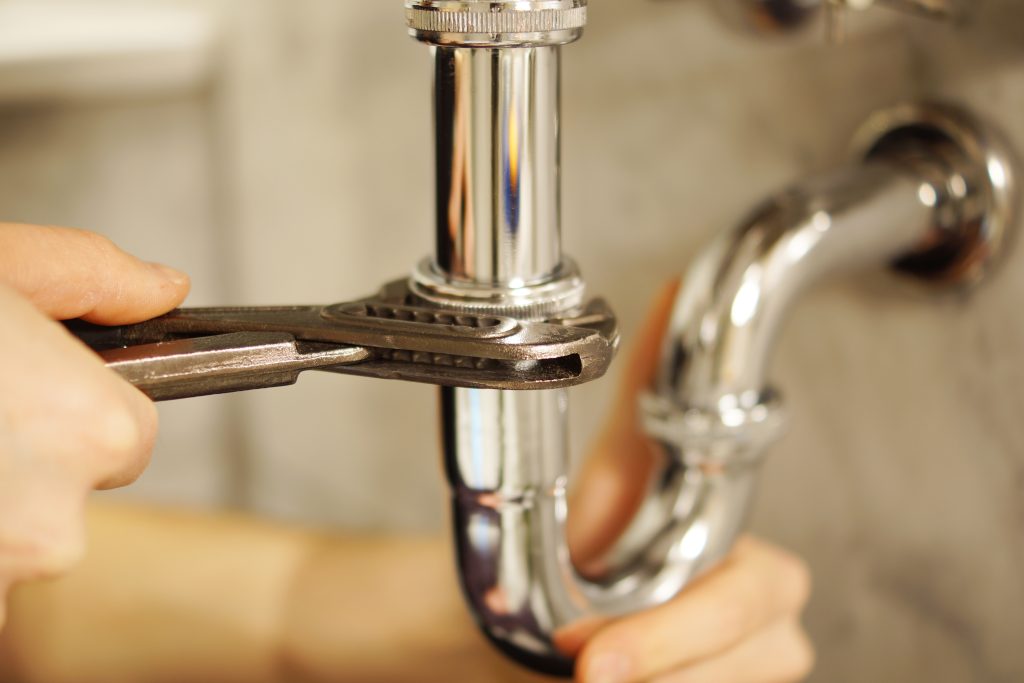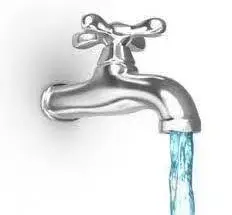
People use a washing machine to do laundry. It’s common. But it works better with a properly working drainage system. It ensures water damage prevention and compliance with regional plumbing rules. Homeowners must know about the installation and relevant issues of the plumbing drain pipe for washing machine.
Considerations For An Effective Working Plumbing Drain Pipe For Washing Machine
Read the given details related to the plumbing drain pipe for washing machine.
A Drain Pipe In A Washing Machine
A drain pipe helps carry greywater from the appliance into the plumbing system. The washing machine releases intense water during wash and rinse cycles. If the drainage system is not correctly designed, it can lead to:
- Overflows.
- Unpleasant odours.
- Structural damage to walls or floors.
You can prevent such issues only. If your plumbing drain pipe for washing machine is thoroughly connected to the other house’s plumbing system.
Standard Pipe Size And Materials To Consider
A washing machine’s drain pipe is 2 inches in diameter, which is the standard pipe size for washer drain. This size allows for rapid water discharge without causing backups. Install this pipe with a slope of exactly ¼ inch per foot to ensure gravity-assisted drainage. Normal materials used in the drain pipe can include PVC, ABS, or other durable plumbing-grade plastics.
- ABS.
- PVC.
Standpipe And Trap Requirements
The standpipe is a vertical section of drain pipe into which the washing machine hose is inserted. It should be:
- 18 to 30 inches tall above the trap.
- Properly secured to prevent movement.
- Fitted with an approved P-trap with a U-shape at its base.
The P-trap helps in stopping the water from mixing with sewer gases and breaking into the house’s plumbing system. The trap must be vented to maintain proper air pressure and prevent siphoning.
Proper Installation Practices
You must follow these practices while installing or updating the washing machine’s drain pipe.
- Install the standpipe as close to the washing machine as possible without straining the hose.
- Include a vent pipe to prevent pressure buildup and ensure efficient draining.
- Use straps or brackets to secure the standpipe and prevent it from moving during water discharge.
- Insert the washer’s discharge hose at least 6 to 8 inches into the standpipe to avoid splashing. But do not seal the top. The loose fit prevents back-siphoning.
People also ask about how to install shower drain and sink drain . Visit Delex plumbing and drains for all of your plumbing needs.
Normal Issues And Maintenance Tips
The washing machine’s drain pipe can get clogged because of constant use and debris addition. You can indicate problems through:
- Slow draining.
- Gurgling sounds.
- Water is backing up during discharge.
To maintain the system:
- Clean the trap and pipe periodically.
- Install a lint trap on the washer’s discharge hose.
- Avoid using excessive detergent, which can build up in pipes.
Conclusion
To conclude, the plumbing drain pipe for washing machine is essential for the accurate working of the machine. You must ensure the proper installation and upgrading of this pipe from time to time. Pay attention to the correct pipe size for washer drain, as using the appropriate diameter helps prevent clogs and overflow. Prevent future plumbing issues relevant to the drain pipe by regular check-ups and timely maintenance measures.


